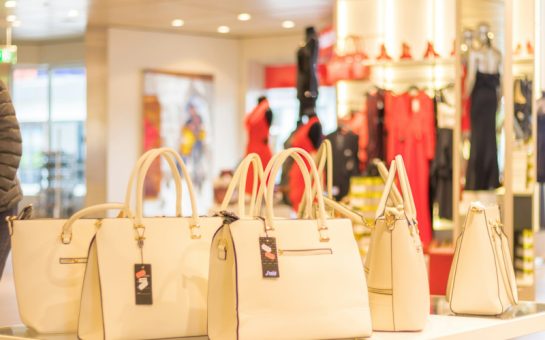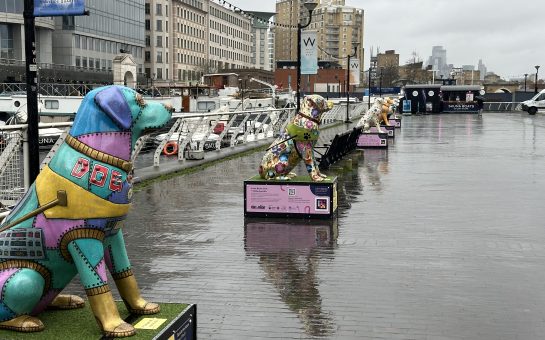Sales in the luxury market soar amid yet another turbulent season on the British high street, highlighting the ever-increasing spending potential of Britain’s most affluent households.
One year on from the shock Brexit result, Britain’s destabilised economy continues to face uncertain times. Despite the recent fall in inflation, the pound is still struggling against the US dollar and, for many, housing remains unaffordable. Stagnating wages coupled with the pound’s spluttering recovery have caused many high street retailers to steel themselves against a potentially rocky road to Brexit. But despite reports of plummeting sales among many prominent British high street chains, including Next and John Lewis, an unexpected surge in consumer spending power has emerged. Thanks largely to a boost in tourism and higher-income households flexing their purchasing muscles, the last quarter has seen luxury retailers enjoying record sales, providing some relief to Britain’s unstable economy.
Luxury goods industry success
Up against a bleak economic backdrop, sales in the luxury market have soared. In January, the German-owned automobile brand Rolls Royce announced that Britain would remain its manufacturing hub after seeing a “remarkable” jump in sales (up 6% on 2015). Buoyed by significant leaps in sales, designer fashion retailers Burberry and Net-a-Porter have also recently announced expansions to their UK-based headquarters. For other luxury brands, the good news just keeps on coming, most recently with the luxury watch market reporting a staggering 44% increase in sales in the second quarter of 2017.
Spring saw sales fluctuate in the overall watch market, but luxury timepieces dominated the industry. While watches costing under £100 performed poorly, recording a 6.3% decrease in sales since last year, it was timepieces valued at £10,000 or more that were responsible for this huge rise in sales. There was also particularly high consumer demand for classic brands, vintage timepieces, and military watches, such as those found in this selection of models.
Perhaps unsurprisingly, London is the hub for this increased activity. The recent boost in tourism, aided by favourable exchange rates, has also helped to pump money into the country’s luxury goods industry. But it’s not just wealthy visitors showing off their purchasing prowess – elsewhere in the country, the luxury watch market has also put up a strong performance. Sales volumes outside of the capital were up 11% on last year, indicating that the country is not necessarily in dire straits. The successful quarter can also be partially attributed to a steady rise in online sales, as the luxury market increasingly moves online.
What does this mean for the post-Brexit economy?
So what do these statistics mean for the future of the country’s post-Brexit economy? The positive numbers delivered by the luxury goods market is reflected by the optimistic tone of many leading economists. Despite high street stores taking a major hit in the year since Brexit, “British consumers spend more than any other shoppers in Europe, accounting for nearly one third of all online purchases,” says Chris Boaz, head of marketing at PCA Predict. While he admits the current political and economic uncertainty has “shaken consumers’ confidence,” Boaz insists that for British retailers, focusing on customer retention and accessibility will be key factors in the high street’s recovery.




